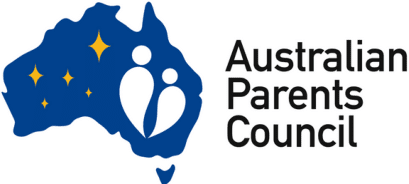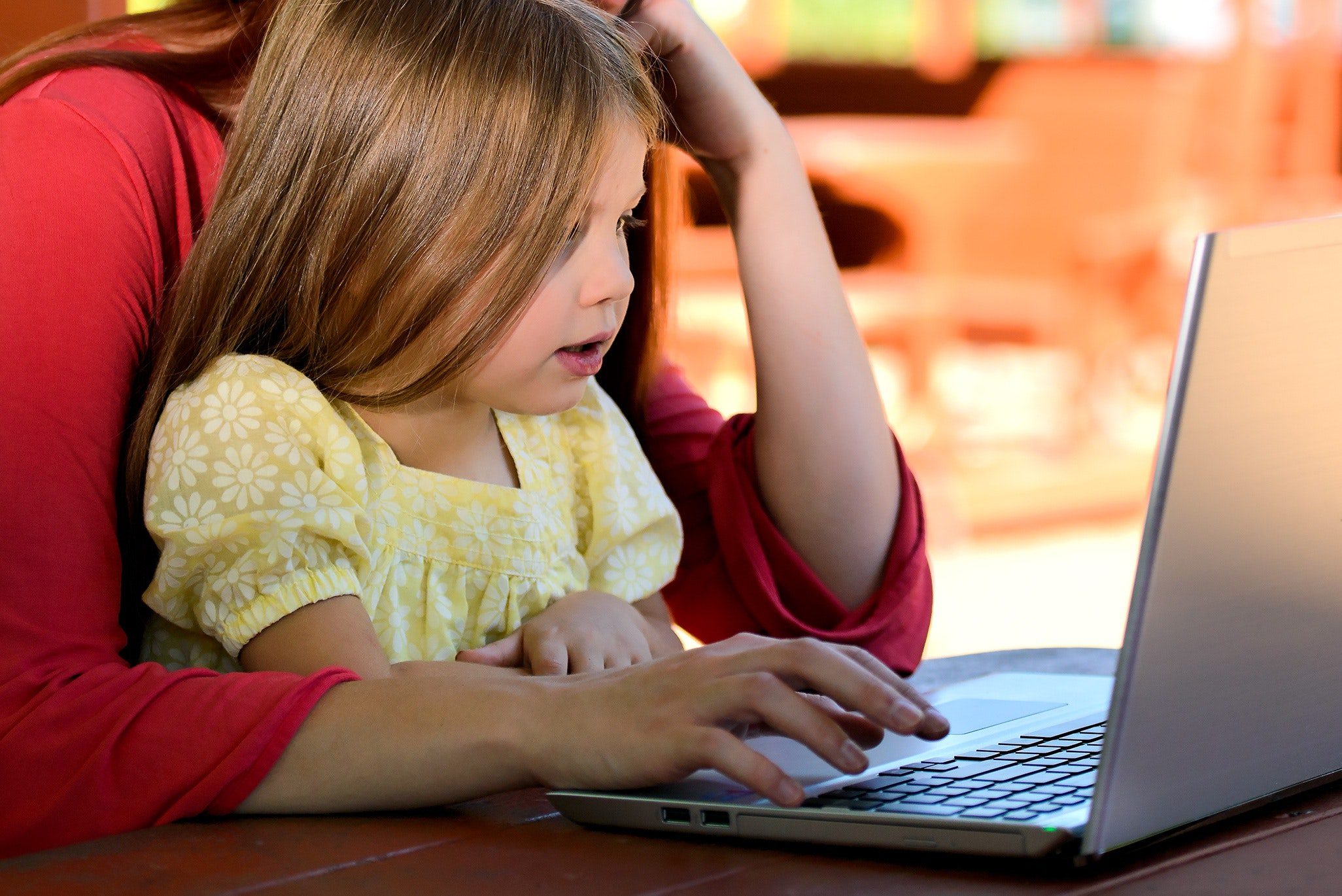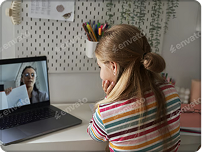Digital Parenting
![]() Go Back
Go Back
![]() Go Back
Go Back
PARENTAL CONTROLS
What are parental controls and what do they do?
Parental controls assist parents to monitor and limit what their children do online. There are many tools available and they all offer different features, but it’s important to know that no tool is 100 per cent effective at blocking access to inappropriate content. Most tools:
- can block children from accessing specific websites, protocols or applications
- filter different kinds of content, like sexual content
- enable parents to monitor use with reports on sites accessed
- understand and monitor the length of time frequency of access
- can be used to set time limits
- can enable blocking access after a set time – handy if you are not home and want to limit the time your child spends on a game or social media
- allow parents to change the tool settings to reflect each child’s age and skills.
VIDEO ABOUT PARENT CONTROLS
To access more information on parental controls, try the following:
- from service providers
- computers
- smart phones and tablets
- streaming services
- gaming
- Xbox
- Chrome browser
- YouTube
- Android
- iPhone or iPad.
Other Links:
- Parental Controls – eSafety Commissioner
Parental Controls is a great website developed by the eSafety Commissioner. Parents can learn about the digital environment and keep updated on their children’s technology use and find a wealth of resources and guidance for using safety settings on your family’s web-connected devices, tips for choosing movies and games, and strategies for keeping young people safe online.
The eSafetyParents page has practical tips and advice about managing online issues to help your child have safe and enjoyable experiences online. It’s suitable for parents, carers of pre-teens and teens. - A Current Affair ‘How to keep kids safe online’ interview with esafety Commissioner Julie Inman-Grant
Download our Parental Controls Factsheet
![]() Gonski Institute Parent Guide – How to help your child grow up in a digital world
Gonski Institute Parent Guide – How to help your child grow up in a digital world
SAFE SEARCHING
Finding information online sees us use search engines as part of modern living and learning. Many children especially use the numerous search engines for researching school assignments or being entertained.
Open access can result in the risk of seeing inappropriate content and material, so here’s some things to keep in mind:
- using child-friendly search engines: Google Safe Search for Kids, KidzSearch, KidRex and Swiggle
- safe search settings: UK Safer Internet Centre provides useful information
- install security software and ensure it is regularly updated
- bookmark the kids’ favourite sites so they can easily go to them instead of browsing more generally
- check a website’s safety rating before visiting it by using online search tools that help identify malicious websites.
Regular chats with your children are the best way to improve their knowledge and understanding.
Finding time also when things go wrong, talking openly about what and how it has happened and what could be done for next time means, as a family, you are growing your digital understanding together.
Useful conversations to have with children:
- Discussing safe searching topics above
- Teaching how to bookmark their favourite sites and then access on home computers, laptops and home networks
- Family rules around internet use and setting expectations on what is acceptable and what is not
- De-briefing if inappropriate content or materials have been seen.
It can be very hard to lock down or supervise internet use. The key will be building your child’s skills, capability and trust. Explain to them the family rules and be open to their suggestions about usage.
Other links:
Parental Controls – eSafety Commissioner
- Parental Controls is a great website developed by the eSafety Commissioner. Parents can learn about the digital environment and keep updated on their children’s technology use and find a wealth of resources and guidance for using safety settings on your family’s web-connected devices, tips for choosing movies and games and strategies for keeping young people safe online.
- The eSafetyParents page has practical tips and advice about managing online issues to help your child have safe and enjoyable experiences online. It’s suitable for parents, carers of pre-teens and teens.
KEEPING UNDER 5S SAFE ONLINE
When should my kids start using technology?
The age your child begins using technology is entirely up to you, but we advise you to learn more about the health risks associated with early use.
Australian guidelines for under 5s recommend children younger than 2 years spend no time viewing TV or other electronic media, and for children 2-5 years, less than 1 hour a day.
Let’s face it, while these guidelines exist, they may not reflect the current reality of screen use.
Increased screen time is something we all face, and while Australian guidelines for screen time for kids was based on passive watching, the actual amount of screen time kids use is increasing rapidly. Take a look at the recent snapshot from the eSafety Commissioner and some great conversation tips.
Lots of kids start playing around online earlier than preschool years these days, but many parents wait until kids are in primary school to get them started.
What are some good guidelines to follow?
- only use age-appropriate sites with high learning potential, and not games
- bookmark favourite sites you have introduced your child to so they only go to the sites they are interested in
- install parental controls so what they are accessing is appropriate
- sit with kids so you can explain how you are navigating and what they seeing
- always have the device in an area where you are so you are able to see what they are doing
- put a time limit on your sessions, instilling the idea of developing a balance to tech-use early
- avoid just-before-bed computer time as it can be stimulating and interrupt sleep.
Most importantly – kids model their behaviour on what they see, and the boundaries around screen time that are the family norm. Setting up good family guidelines around tech-use early very much helps in later years.
- Childnet International’s infographic shows you where to start, what to be aware of, and questions to discuss with your child.
Download our keeping-under-5s-safe-online factsheet
![]() Gonski Institute Parent Guide – How to help your child group up in a digital world
Gonski Institute Parent Guide – How to help your child group up in a digital world
ONLINE PRIVACY
Think before sharing information…
- Posting for a lifetime: Before posting online, think about how it might be perceived now and in the future and who might see it.
- Own your online presence: Everyone has their own comfort levels when it comes to privacy and sharing information. Set the privacy and security settings on web services and devices to your level of comfort, and review them regularly to ensure settings and/or circumstances haven’t changed.
- Be aware of what’s being shared and other people’s privacy: Be aware that when you share a post, picture or video online, you may also be revealing information about others.
- Be careful about the information you share about your children: Birthdays, schools, social and sporting activities can reveal a lot of information about your child.
- Post only about others as you would have them post about you: The golden rule applies online as well.
Personal information needs protection…
- Talk before sharing: Often, as parents, we post images of our children online. It is good practice to have conversations with children before posting images of them online. The great thing about doing this is that the conversation helps build their awareness while also giving them a voice on their online identity. Read more about this and some great conversation tips from the eSafety Commissioner
- Think before you act: Be wary of communications that implore you to act immediately, offer something that sounds too good to be true, or ask for personal information.
- Lock Down Your Login: Secure your online accounts with the strongest authentication tools available, such as biometrics, security keys or a unique one-time code through an app on your mobile. Usernames and passwords are not always enough to protect key accounts like email, banking, and social media.
Useful links to learn more
- Protecting your digital lifestyle: This fantastic resource from the eSafety Commissioner covers everything from a virus to financial security.
- Protecting your personal information: What is personal information and how to protect it – again from the eSafety Commissioner.
- Parental Controls – Office of the eSafety Commissioner: Parental Controls is a great website developed by the eSafety Commissioner. Parents can learn about the digital environment and keep updated on their children’s technology use and find a wealth of resources and guidance for using safety settings on your family’s web-connected devices, tips for choosing movies and games, and strategies for keeping young people safe online.
Download our Online Privacy Factsheet
![]() Gonski Institute Parent Guide – How to help your child grow up in a digital world
Gonski Institute Parent Guide – How to help your child grow up in a digital world
DIGITAL LITERACY
Digital literacy means you and your children understand and have the skills to access, be safe, question, critically analyse, evaluate and create.
Children interact with the digital world every day, and with the Australian Curriculum general capabilities and digital technologies curriculum, your children will be learning effective and safe use of technology and be confident creators of digital solutions.
There are parent fact sheets from ACARA on what children will be learning K-10 with the Australian Curriculum:
Tips on helping your child:
- encourage your child to question and explore ways of creating things with technology and to show you what they have learned and created
- explore different products and technologies together
- model good digital behaviour and discuss tech family rules
- talk about online safety and how to keep safe online
- learn about what they are learning at school – ask your child’s teacher about ICT plans and what your child will be doing and suggestions on how you can support the learning.
Want more help?
- Parental Controls – eSafety Commissioner
Parental Controls is a great website developed by the eSafety Commissioner. Parents can learn about the digital environment and keep updated on their children’s technology use and find a wealth of resources and guidance for using safety settings on your family’s web-connected devices, tips for choosing movies and games, and strategies for keeping young people safe online.
There are also a series of helpful blogs for parents, for example How to help your child being cyber-bullied.
SCREEN TIME
What is the recommended screen time for Australian kids?
Recommended screen time in Australia is based on The Australian National Physical activity and sedentary guidelines:
- Under 2 years old – ZERO screen time (including watching television, electronic media, DVDs, computers and electronic games)
- 2-5 years – less than 1 hour p/day
- 5-17 years – less than two hours p/day.
Let’s face it, increased screen time is something we all face, and while Australian guidelines for screen time for kids were based on passive watching, actual usage is increasing rapidly as the online world becomes part of socialising, education and general living. The figures above also do not take into account screen time for educational use, and with more and more schools taking learning online, screen time will only increase.
For up-to-date information and advice visit the eSafety Commissioner’s eSafetyParents website.
Updated World Health Organisation guidelines for children’s Physical Activity, Sedentary Behaviour and Sleep, which include screen time, were published in April 2019 and widely reported in the Australian media ‘One hour a day: World Health Organisation issues first guidelines for kids’ screen time’ Sydney Morning Herald, 24 April 2019
Aussie kids spending more time on screens than ever with 85% exceeding recommendations was discussed on Channel 10’s The Project, 22 November 2021.
What are some good guidelines to follow?
Striking a balance, having a set of expectations and even a family plan for screen use are positive ways to start. Screen time and usage will differ from family to family and, again, for the ages of your children.
For younger kids:
- install parental controls so you know what they are accessing is appropriate
- only use age-appropriate sites with high learning potential, and not games
- bookmark favourite sites you have introduced your child to so they only go to the sites they are interested in
- sit with your kids so you can explain how you are navigating and what they seeing
- always have the device in an area where you are so you are able to see what they are doing
- put a time limit on sessions, instilling the idea of developing a balance to tech-use early
- avoid just-before-bed computer time as it can be stimulating and interrupt sleep.
For teens:
Most important – kids model their behaviour of tech from what they see and the boundaries around screen time that are the family norm. Setting up family guidelines around tech-use early very much helps in later years.
- Managing kids’ screen time at home – A guide for parents published by ABC Life
How much is too much?
It’s sometimes hard to know whether your child’s increased online time and changes in behaviour are developmental or whether there is a problem. Usually, if you are observing that online time is interfering with other aspects of your child’s life, then it’s time for a discussion about expectations and time limits. Some behaviour changes to look out for:
- general health and wellbeing neglected or reduced personal hygiene
- isolated or withdrawn for long periods of time
- appearing anxious or irritable when away from the computer
- ongoing headaches, eye strain, sleep disturbance, excessive tiredness
- obsession with particular websites or games
- anger when being asked to take a break from online activity, negative changes in behaviour and declined interest in social activities like meeting friends or playing sports
- a decline in academic performance and failing to complete schoolwork.
Download our Screentime Factsheet
![]() Gonski Institute Parent Guide – How to help your child grow up in a digital world
Gonski Institute Parent Guide – How to help your child grow up in a digital world
REPORTING ONLINE ABUSE
How to make a cyberbullying complaint
If you are under 18 (or are reporting on behalf of someone under 18), you can make a complaint about cyberbullying or ‘seriously threatening, intimidating, harassing or humiliating online behaviour’.
The eSafety Commissioner has a step-by-step guide to reporting abuse and up-to-date links for making complaints directly to social media platforms, apps, games and websites.
There is also a guide to online bullying for parents and carers, full of useful information.
Reports of abuse to the eSafety Commissioner are responded to within 48 hours. Parents often believe the only way to deal with online abuse is to go through your child’s school. But the eSafety Commissioner can help you get harmful material removed from the internet. The eSafety Commissioner has established relationships with online platforms and can make things happen.
![]() Gonski Institute Parent Guide – How to help your child grow up in a digital world
Gonski Institute Parent Guide – How to help your child grow up in a digital world
Discover valuable resources to support your child’s learning journey and stay up-to-date with the Australian education landscape.
-
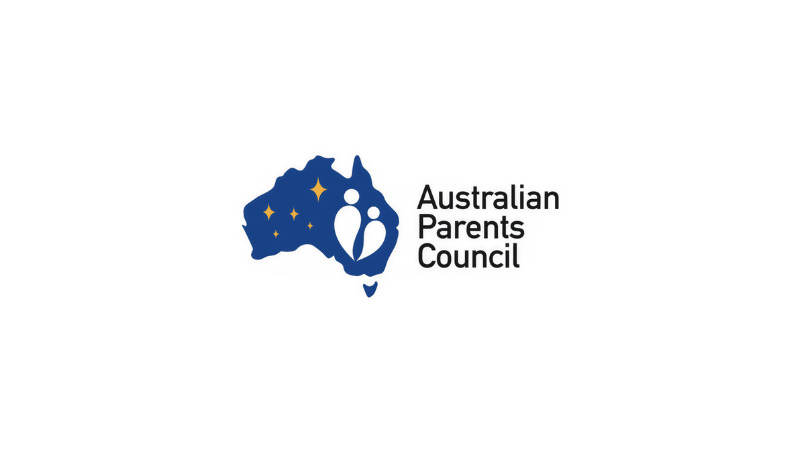
Blogs
Yarning and Learning on Ancient Country
Yarning and Learning on Ancient Country A group of Year Seven...July 9, 2025Read More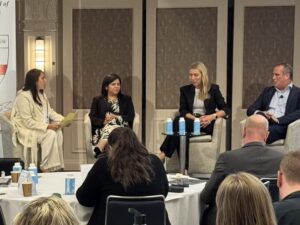
Blogs
🎓 A powerful day at the AI in Education Conference in Sydney
APC Board Member Bhavika Unnadkat was grateful for the opportunity...June 7, 2025Read More
Blogs
AI in Education Survey
**Parents, We Want Your Voice!** AI is becoming a bigger...June 5, 2025Read More
